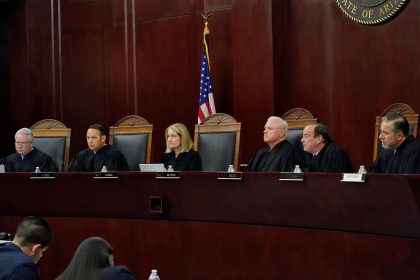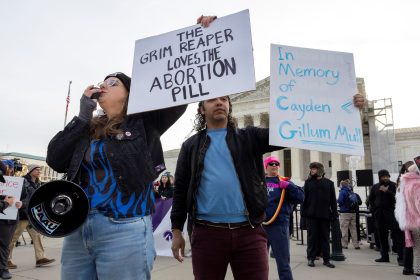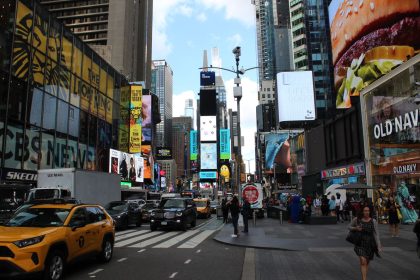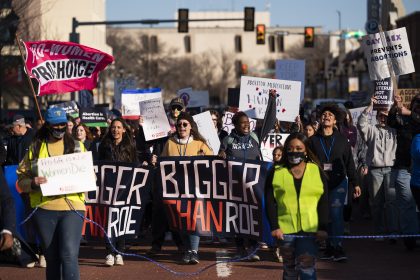Struggles of Native American Women Come to the Fore at Seneca Falls Conference
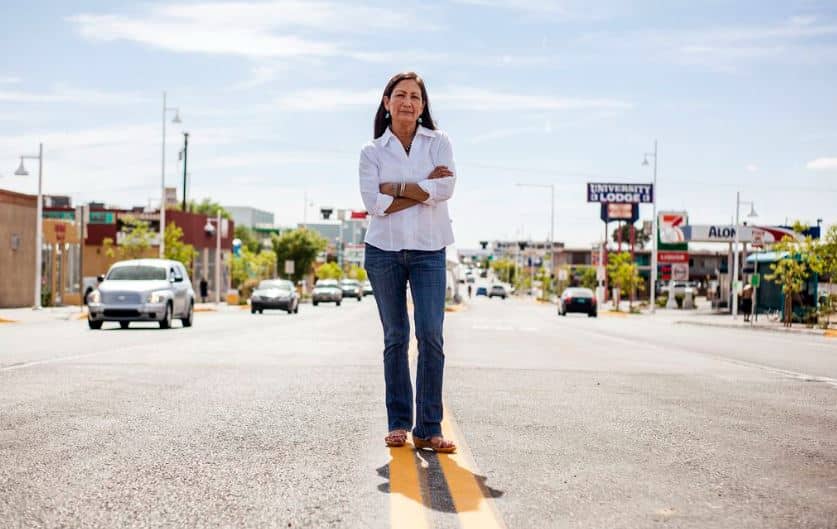
SENECA FALLS, N.Y. — When it comes to women’s rights in America, one of the often overlooked areas is the struggles of Native American women.
At a recent commemoration of the 174th anniversary of the Seneca Falls Convention hosted by New York State Inspector General Lucy Lang, and held at the National Women’s Hall of Fame, the challenges this population of women face became a prominent subject during a panel discussion.
According to a 2012 report from the Department of Justice, Native American women living on reservations are 10 times more likely to be murdered than women in the rest of the U.S.
In that same report, the DOJ says, 46% of Native American woman have experienced the trauma of domestic violence or sexual violence from an intimate partner and one-in-three Native American woman will be rape victims.
During the discussion of these issues at last week’s event, Michelle Schenandoah, executive director of Rematriation & Indigenous Concepts Consulting, which works to get non-Indigenous businesses and media companies to dispense with stereotypical views of Native Americans, said in order to understand these sobering statistics, one needs to “go back in history.”
This past April, she explained, she did just that during a meeting with Pope Francis. During an address delivered before the pope, Schendandoah said she highlighted the ties between European colonialism and the murder of native populations in the United States.
Schenandoah went on to explain that during the so-called Age of Discovery, a period that began in the 1400s and continued through the 1600s, a series of popes issued public decrees known as “papal bulls” that appeared to justify the genocide, ultimately resulting in the deaths of an estimated 12 million people in the new world.
Schenandoah, who also publishes Rematriation Magazine, which serves as an online portal for Native American women to heal together and shift the narrative of their experience, went on to tell attendees at last week’s conference that these now ancient policies continued to have lasting effects on Native American communities today.
“There’s a very violent history there but what’s truly problematic is that fundamentally it’s the basis for land right and claim by the United States for all the United States,” she said.
While the history of discovery and conquest remain staples in classrooms across the country, she said, “there’s no discussion of how this history impacted indigenous peoples or the long term impacts.
What happens instead, Schenandoah said, is “law informs policy, policy informs education, education informs how people can treat one another … and there’s a long history in this country of invisibilizing indigenous people and their voices.”
Data collected by the National Congress of Native Americans shows that in 27 states, Native Americans are wholly absent from their educational curriculum, and 87% of state history standards don’t include any Native American history after 1900.
“We can’t continue to teach a false history,” Schenandoah said.
“I think it’s important to bring indigenous voices to the table as much as anyone can within your work space and to think about what is the voice and perspective that is missing” she continued “It’s the recognition of that history and collective history and to start to bring that into the present.”
Eden can be reached at [email protected]


















